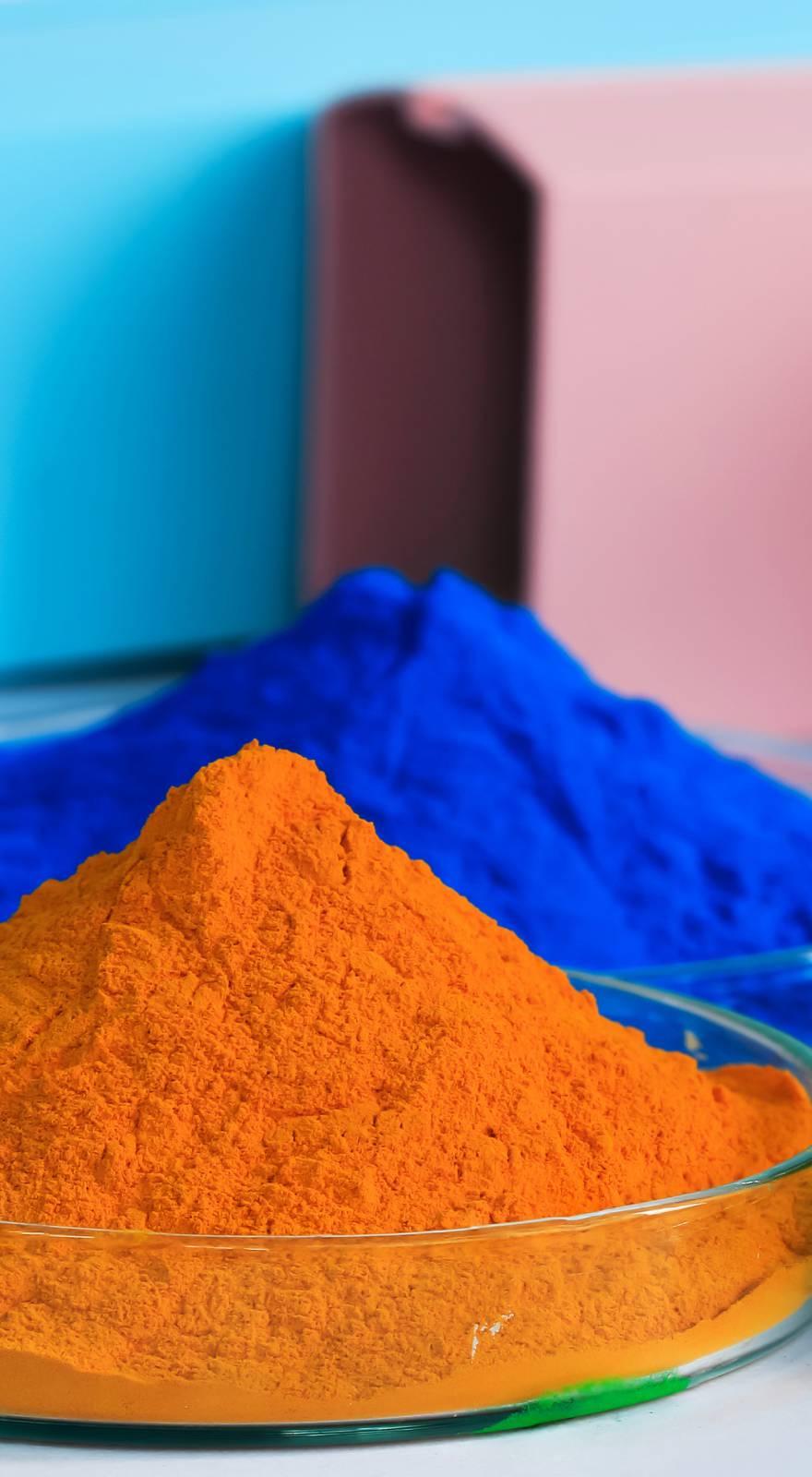Knowde Enhanced TDS
Identification & Functionality
- Chemical Family
- Chemical Name
- CASE Ingredients Functions
- Industrial Additives Functions
- Plastics & Elastomers Functions
- EC No.
- 269-105-9
Features & Benefits
- CASE Ingredients Features
- Industrial Additives Features
- Materials Features
- Product Highlights
- The StanoStat CPM range are deep blue colored antimony tin oxides with a unique set of properties.
- CPM oxides in bulk are aggregates, consisting of nano-sized, spherical primary particles. This allows the products to be micronised in a variety of aqueous and organic solvents to nano-dispersions, which can be integrated into highly transparent, nearly colorless coatings. CPM oxides provide a high electrical conductivity and an excellent absorption of infrared light.
- Advantage
- 20% nanodispersion in water
Applications & Uses
- Markets
- Applications
- Compatible Polymers & Resins
- Coating Type
- Composites End Use
- Ink & Toner Type
- Plastics & Elastomers End Uses
- Plastics & Elastomers Processing Methods
- Application
- The CPM nanoparticles find applications in areas where the functionality must meet a requirement for transparency.
- CPM nanoparticles offer a higher degree of infrared absorption than the CP grades. The dispersions in water or solvents are used for the formulation of coatings, and inks for film coating. In high end solar control films for automotive and residential applications, or in agricultural films in combination with other additives, CPM materials provide an efficient IR absorption at an excellent price to performance ratio. Polymer films are not the only possible substrate, coating on glass or ceramics is also possible.
- At higher loadings, transparent antistatic coatings can be achieved. For example, to speed up printing processes on polymer films or for dust prevention on solar cells. The high thermal stability of CPM oxides allows antistatic glazes to be formulated for ceramic applications.
- For brand protection, CPM materials allow the creation of invisible watermark-like imprints.
- The high IR absorption is used for reheating applications in PET processing, as well as in emerging technologies such as 3D printing or powder sintering.
Properties
- Color
- Appearance
- Blue-grey aqueous colloidal dispersion
- Typical Properties
- Note
* = based on powder from dried dispersion
| Value | Units | Test Method / Conditions | |
| Nominal Solids Content | 20 | % w/w | — |
| Density (at 20°C) | 1.2 | g/ml | — |
| Viscosity | 1.9 | mPa.s | — |
| pH | 7 - 10 | — | — |
| Powder Resistivity* | 5 - 30 | Ohm. cm | — |
| Median Particle Size of Solids | max. 0.1 | microns | — |
| Primary Crystallite Size (TEM) | 2 - 10 | nanometres | — |
| Surface Area* | 85 - 100 | m² g^-1 | BET |
Regulatory & Compliance
- Certifications & Compliance

